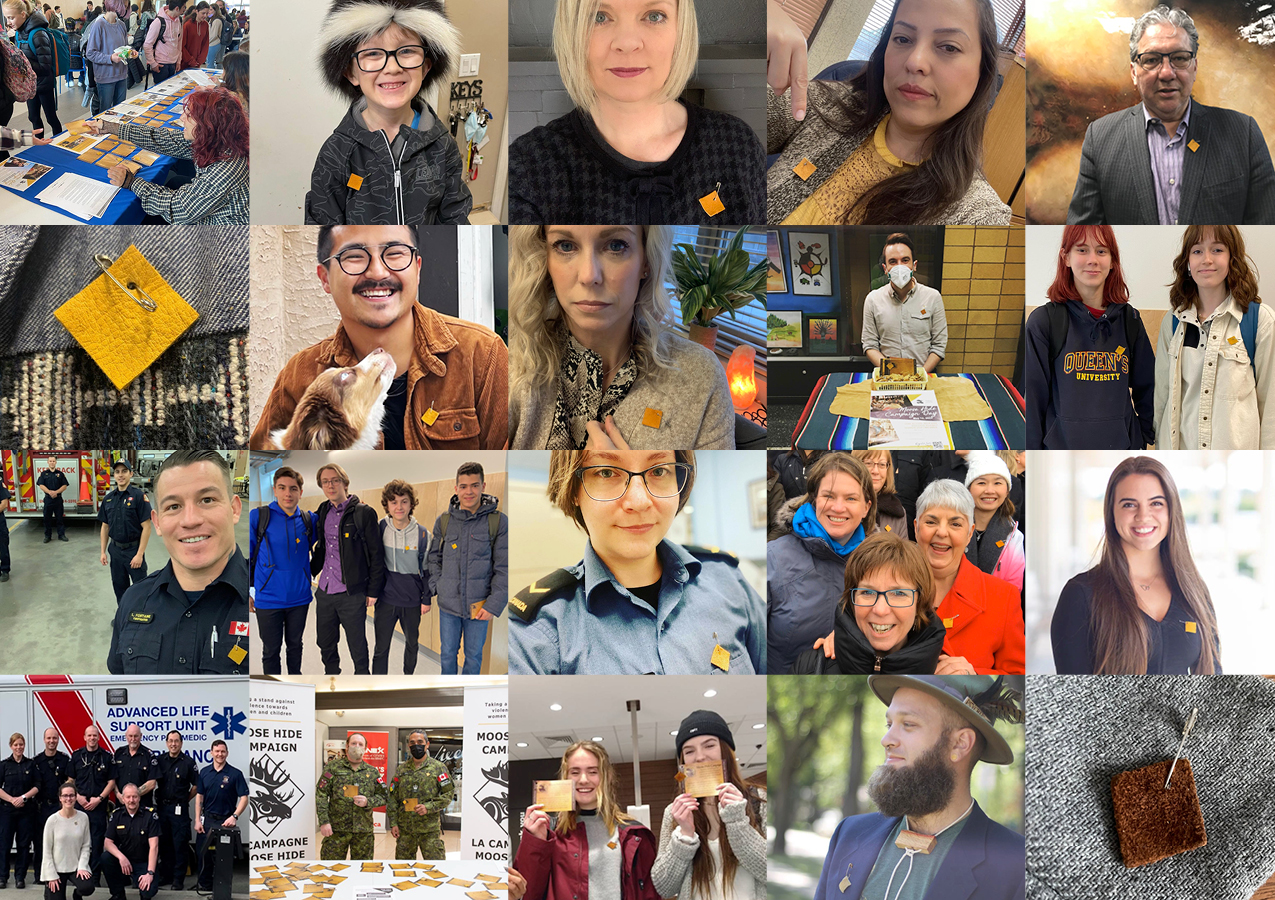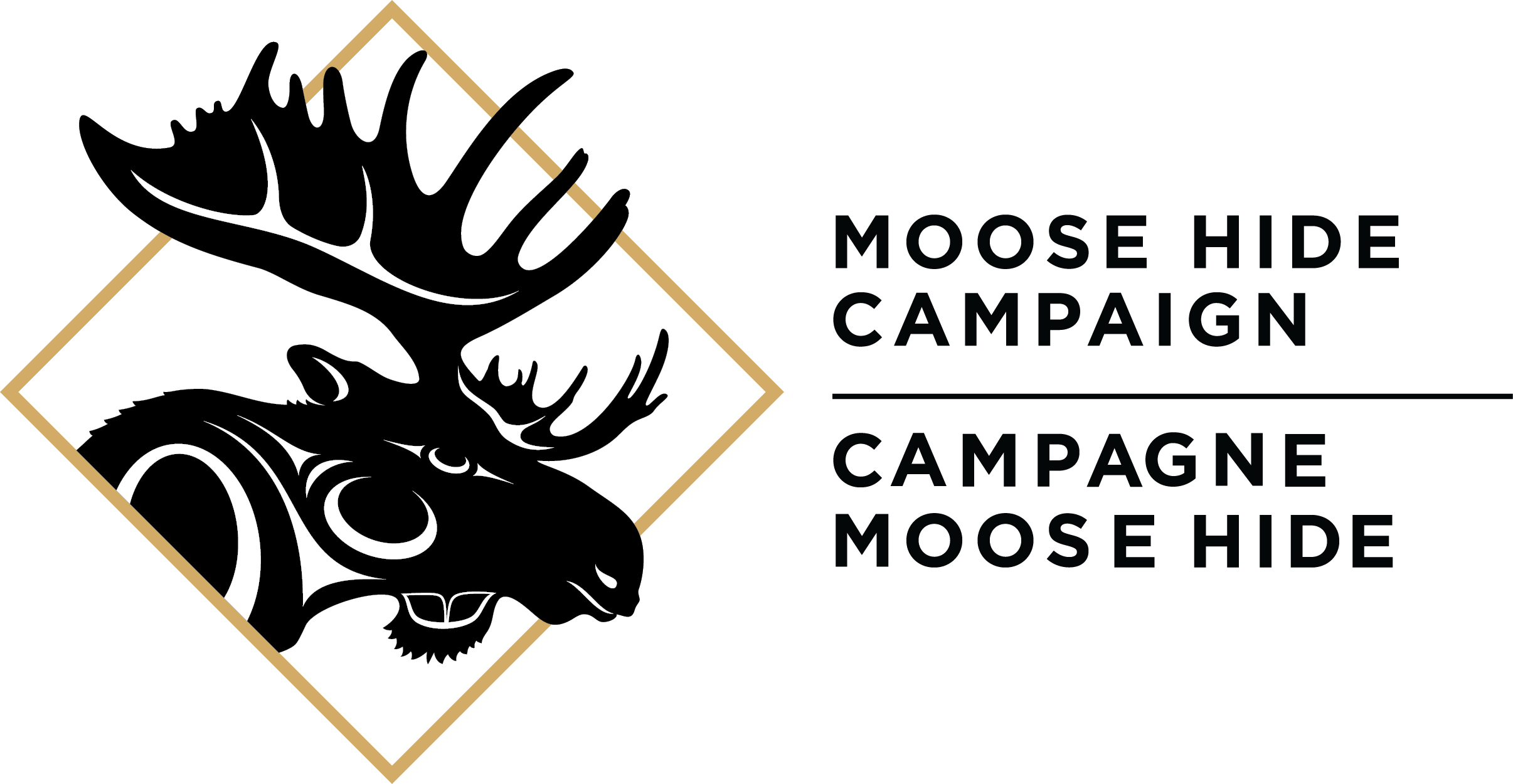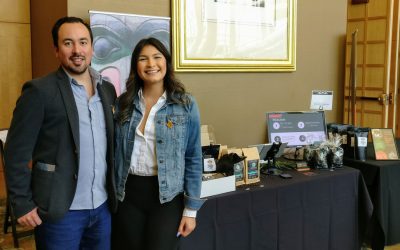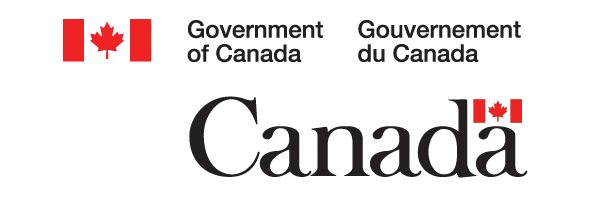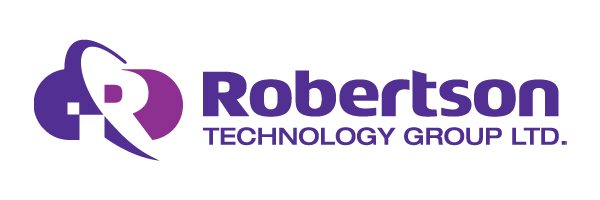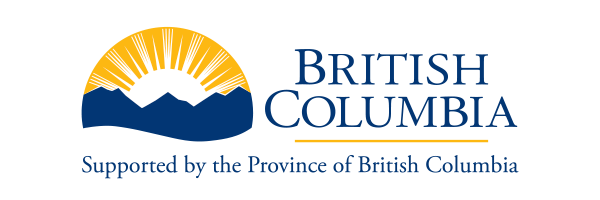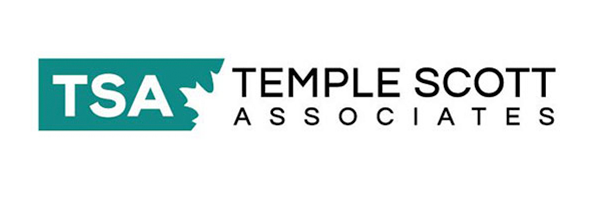
Each Pin Sparks 5 Conversations
Moose hide pins shine a light into the shadows of a devastating social illness impacting all Canadians
Worn as a commitment to honour, respect and protect the women and children in your life, pins come in batches of 25 so you can spread the word of the campaign. We also offer the option of animal-free pins.
We provide these pins and information cards as a gift of medicine. For all orders of more than 50 pins, we invite you to reciprocate with a donation of $1/pin.
As moose hide pins are medicine, we ask you to not sell them for any amount of money. If you are collecting donations for the Moose Hide Campaign as you distribute them, please reach out to our team if you’d like support.
Shipping generally takes 2-4 weeks, but you can request a later date if you do not require them immediately.
Once you get your pins,
- Share a photo of yourself wearing a pin on social media and tag us!
- Carry extra pins with you to share with those who ask you about it.
EACH PIN SPARKS at least 5 conversations
Pins Gifted Out
that’s at least 30M conversations!
Shop First Nations shares the message of the Moose Hide Campaign
Grassroots change require collaboration between all areas of our society, including businesses. Shop First Nations is an Indigenous-owned enterprise that has a mission to bolster First Nations, Inuit, and Métis businesses by encouraging consumers to invest in...
Last-minute Pin Pickup Offered by TELUS
The team from TELUS
